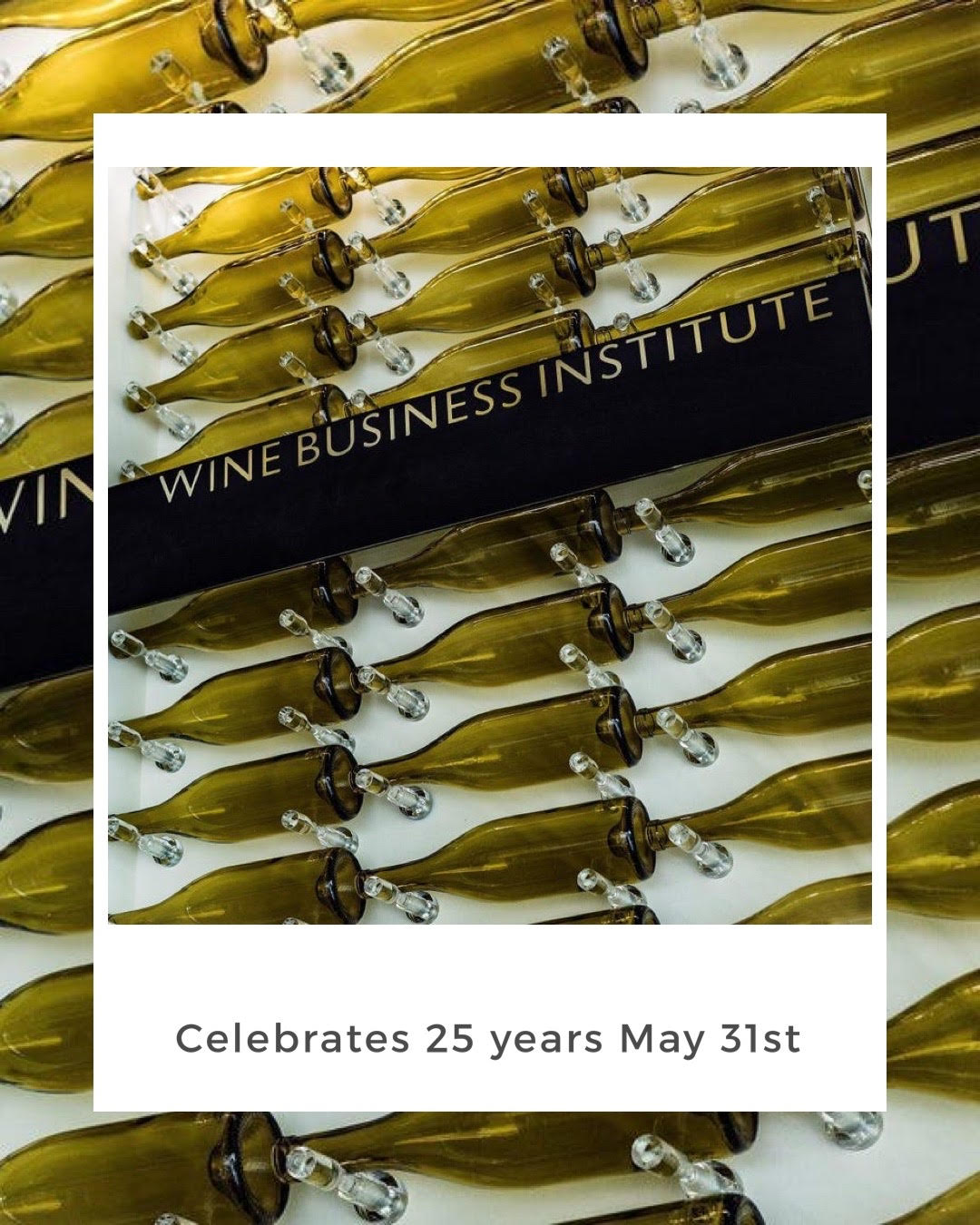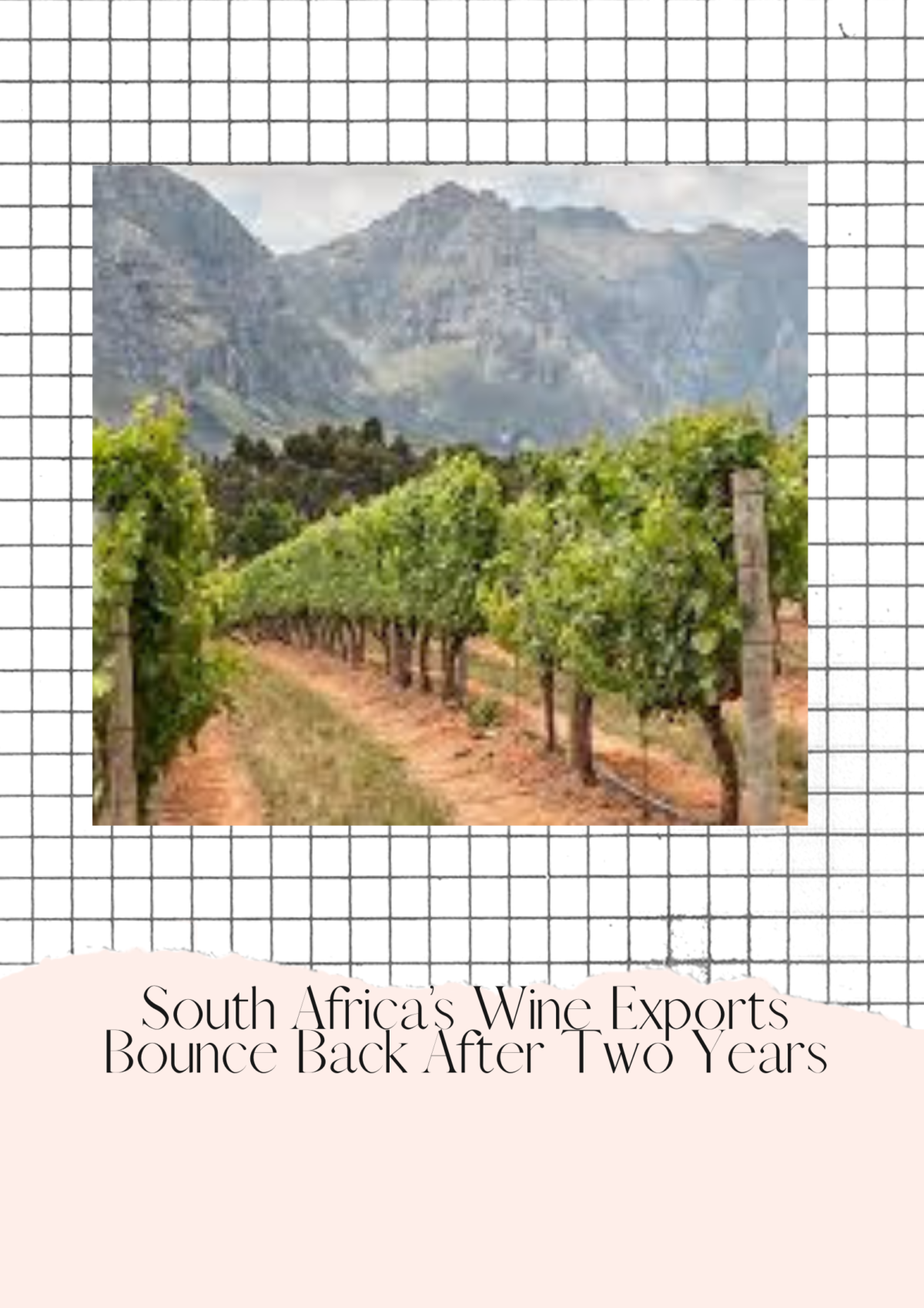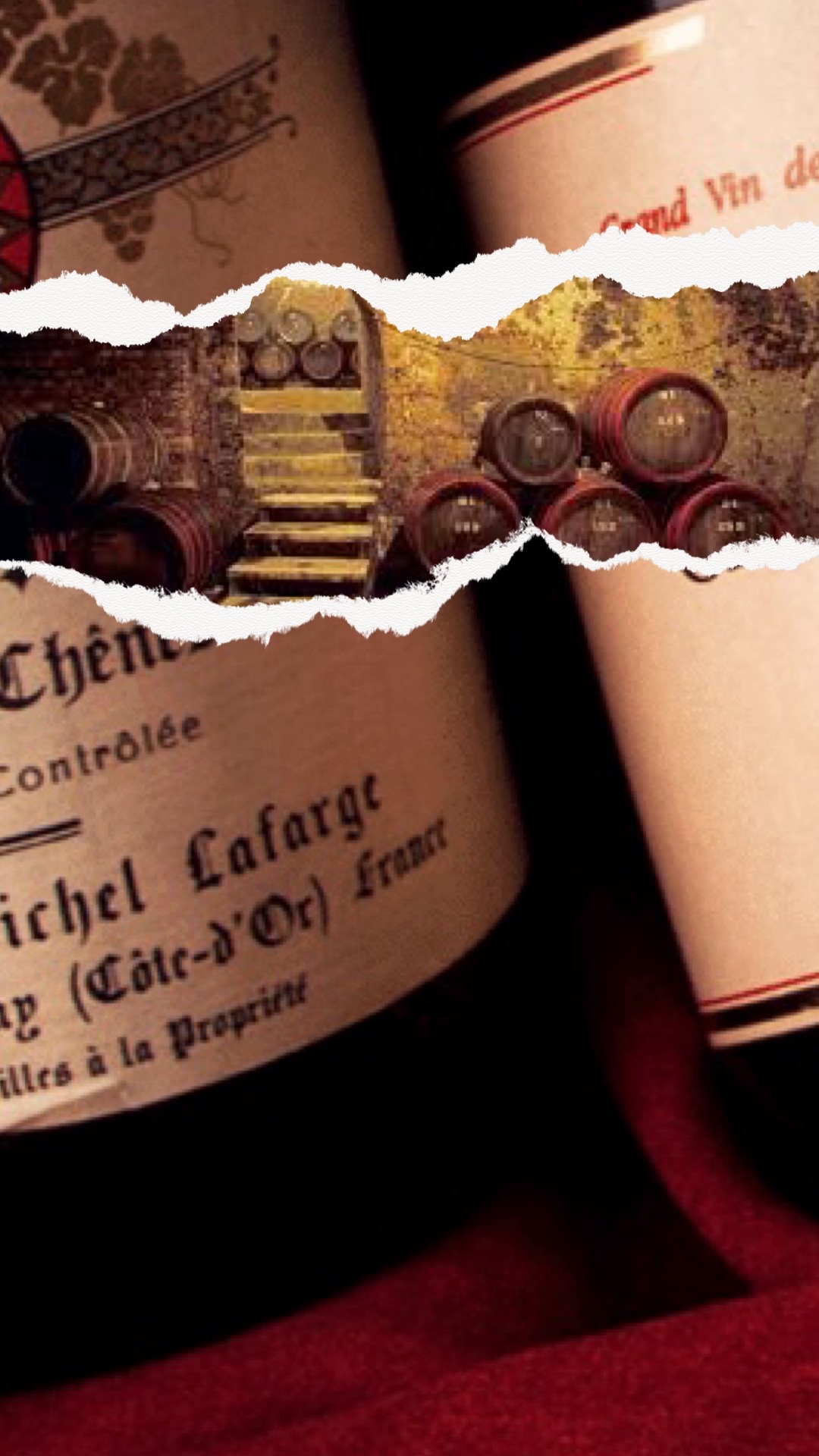The Wine Business Institute, of the School of Business and Economics, at Sonoma State University will be celebrating its 25th anniversary on Tuesday, May 31st, 2022, at the Wine Spectator Learning Center.
Twenty-five years ago, forward-thinking leaders envisioned a new kind of partnership between academia and the wine industry, and the resulting vision became the Wine Business Institute at Sonoma State University. Founded in 1996 as a brainchild of Gary Heck of Korbel Champagne Cellars and Sonoma State, “We wanted to create a program that would prepare the next generation to run our businesses, a viable succession plan for the wine industry. Great grapes and great wine were already the norm. Professionalizing the business of wine was the next frontier to tackle“ explains Mr. Heck. “Over the past 25 years, our faculty has built the most comprehensive suite of wine business education in the world with the support of our wine industry, generous donors and board members,” noted Ray Johnson, WBI executive director. “Today our alumni occupy positions of leadership across the wine industry value chain, in organizations large and small.”
“The WBI is an exemplar of successful collaboration between industry and academia,” said Jean-Francois Coget, dean of the School of Business and Economics, within which hosts the WBI. “We will continue to provide diverse talent for the business side of the wine industry and conduct research and other activities that can help the industry address its keenest opportunities and challenges.”
Sonoma State’s School of Business and Economics is the first in the United States to offer an undergraduate degree (since 1998), an MBA (since 2008), an Executive MBA (since 2012) and a new Global EMBA (since 2020) focused on the business of wine. In addition to the degree programs, the WBI offers professional certifications in subjects such as Wine Business Data Analytics, Wine Business Management and Wine Entrepreneurship. The institute regularly brings together wine industry leaders to discuss the opportunities and challenges in the current landscape and those on the horizon.
Looking back on the past 25 years, the WBI celebrates three major achievements: the awarding of 257 Wine MBAs, the launch of the Global Wine EMBA, and the opening of the Wine Spectator Learning Center.
#wine #winebusiness #wineeducation #winenews #wineeconomics #winestudy #winemaking
#winelovers #sommlife #wset #wineknowledge



![Cult Wines Americas – New “Innovative” Investment Platform [Part 2]](https://www.liz-palmer.com/wp-content/uploads/2022/03/Cult-Wine-Investment-Article-2.png)

